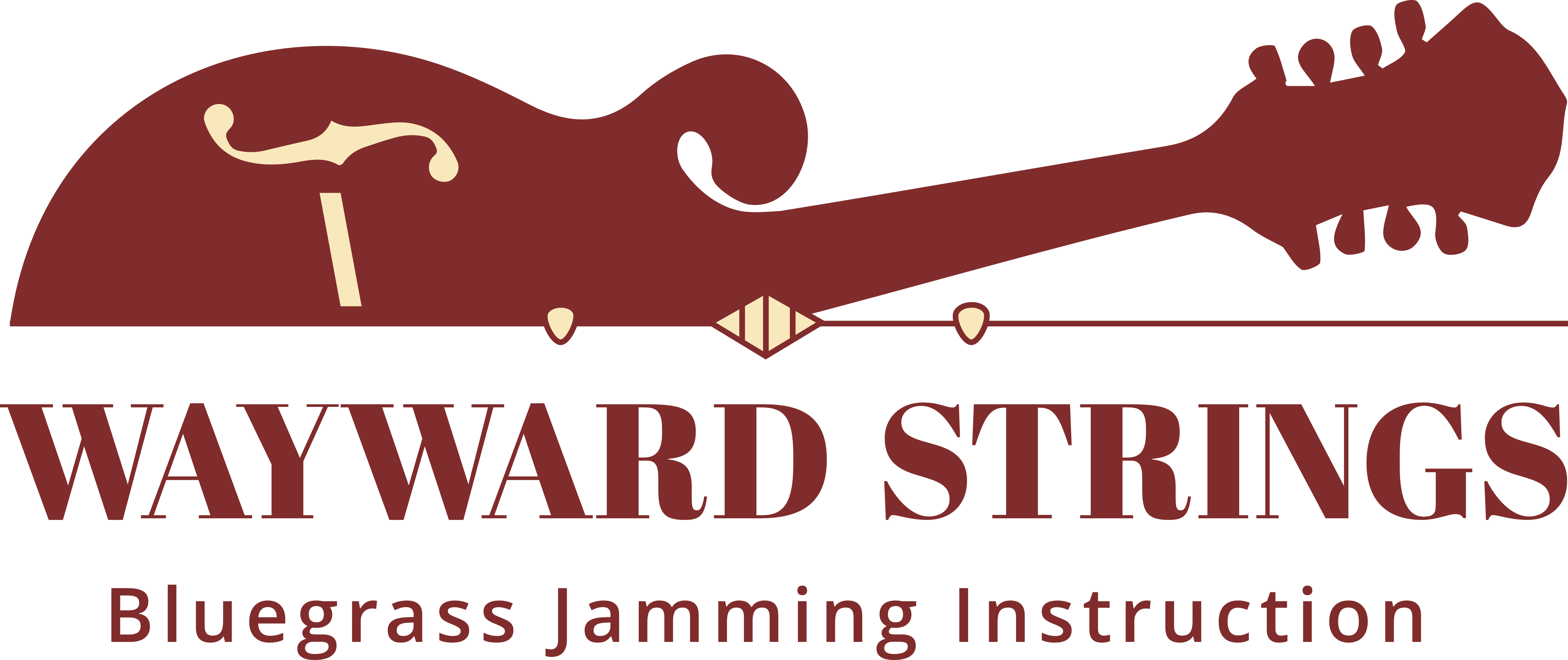Here’s everything you need to know about our upcoming class. Please note that this is general information, and that some classes may differ a bit in terms of what to bring, meals, etc. An example is our Holiday Bluegrass Jam Class, where we ask folks to bring a music stand.
What’s Provided
- Wernick Method materials (paper and online)
- Folding chairs
- Cold water and light snacks
- A fun time of bluegrass jamming instruction! 🙂
What to Bring – Music-wise
- Any instrument that you may want to play during the class. This is a great opportunity to try out a new instrument or just mix things up.
- Instrument stand – we will be taking breaks, moving around the facility, and so on. Aside from your instrument case, the safest place for your instrument is in an instrument stand, and not propped up against a chair or otherwise out where it could be in harm’s way.
- Instrument strap – this will allow you to stand and play (if you are physically able) which can be a great change of pace from sitting. It’s also a little different to play your instrument in a standing position, so it’s a good opportunity to try that out.
- Picks, capo (guitars, banjos, dobros), and digital tuner
- Special note about banjo capos – does your banjo have a 5th string capo, spikes or some other way to capo that string? If not then please order a banjo suspender capo at Deering Banjos. Here’s the link: Suspender Capo
- Fresh strings – if it’s been a LONG time since you’ve restrung your instrument, or if it seems to be harder to tune or keep in tune than usual, it may be time to get new strings. If you decide to restring your instrument, now is a good time to do so. On the flip side, don’t wait until the last minute – you don’t want to deal with stretchy strings during class.
- Spare instrument strings – always good to carry a set so that your class experience isn’t derailed by a wayward string or two!
- Songs – it’s great to have some songs available (in paper books, binders, tablets, etc) so you will at least have a list of songs, and lyrics, for ones you might want to do. At the first class, you will receive a copy of the JAM Songbook . If you already have a copy of the Songbook from a previous class, please bring your copy with you.
- Music stands are mostly NOT needed. We usually have a few floating around and they can be shared. A stand is handy if you are leading a song and need the lyrics in front of you, but otherwise we want folks to learn to play by ear.
- Any special chair or stool you may prefer instead of the folding chairs we will provide. We want you to be comfortable!
- Recording device. The voice memo app on your smartphone is a good option. There will be several opportunities that you may want to capture for future reference – a great song, some jamming instruction, harmony parts, and the list goes on.
What to Bring – Otherwise
- Any remaining tuition due – we can’t take credit cards, so please bring only cash or check . We’ll send each person an individual reminder of what they owe a few days before the first class.
- Your own water/beverage bottle. Cold water will be available, but we will not be providing individual bottles of water (part of our sustainability efforts!).
- A snack, if you have a favorite (we will provide some snacks)
What to Expect
- Our goal – at the end of the class, you will have:
- More confidence in playing bluegrass music with others
- Experience in playing lots of classic bluegrass songs
- The building blocks needed to successfully lead a song in a jam
- The class will cover:
- The role of each instrument in a bluegrass jam
- How to anticipate chord changes
- How to lead a song
- How to “fake” a solo
- Harmony singing
- Jam etiquette
- We will play LOTS of songs! But we’re not sending a specific list of songs to practice. That’s because this class is all about jamming – playing for fun with others – and not performing. It can be fun to perform, but learning how to be a good jammer is an important first step.
How to Prepare
- Make a list of everything you intend to bring, based on the information provided above.
- Check out the location and make sure you know how to get there.
- Practice your basic chords – G, C, D, and A – and changing between them.
- If you aren’t familiar with what guitar chords look like, review this guitar chord chart. This is a really handy method for playing songs in jams.
- Identify a song or two (or three!) that you feel comfortable leading. If you don’t have any idea what that means, or don’t feel ready to do this, that’s OK! We’ll teach you this in class.

